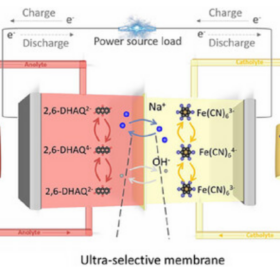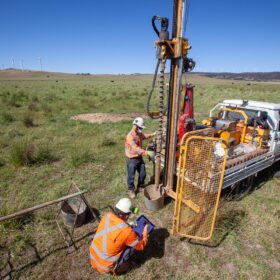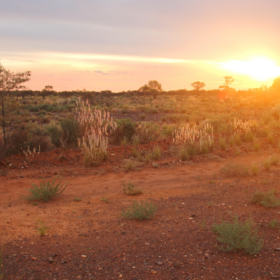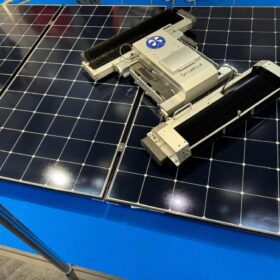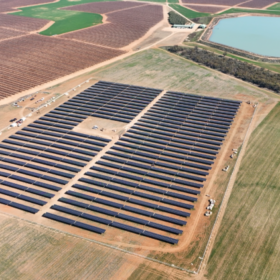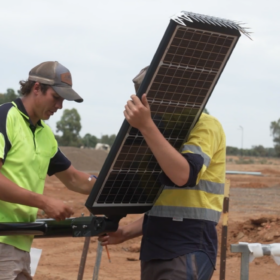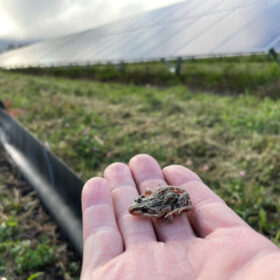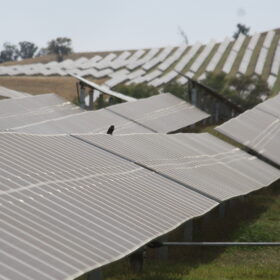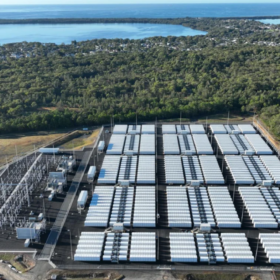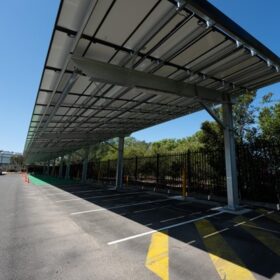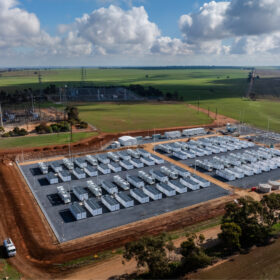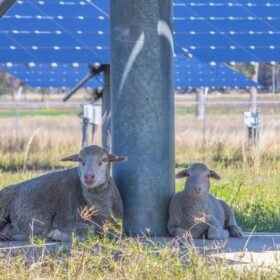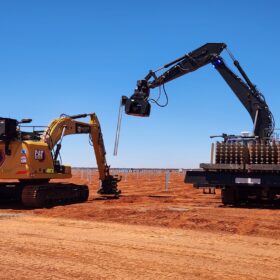Researchers develop stable, high-current density water-based flow battery
Engineers at Monash University have a developed a next-generation water-based battery suitable for application in residential use and compatible with rooftop solar in real time.
Scientists build photovoltaic-thermal panel hosting four different cooling techs
Researchers from the Middle East have simulated a novel PV thermal module which includes a thermoelectric generator above the absorber layer, conical helical tape in the cooling tube and a ferrofluid. These technologies reportedly contributed to increased PV efficiency and thermal efficiency by 2.12% and 23.34%, respectively.
AEMO provides connection approval for DC-coupled solar and storage project
Construction of a 300 MW solar farm and 486 MWh battery energy storage project planned for southeast New South Wales is scheduled to commence later this year after developer Octopus Investments Australia received critical grid connection approval.
Elements Green lands connection approval for hybrid project
Renewables developer Elements Green says the start of construction for what it describes as Australia’s largest hybrid solar and storage project to date is now within reach after receiving the tick of approval for grid connection.
Smartbox presents 100% autonomous cleaning robot
Spanish robotics manufacturer Smartbox has launched an autonomous solar panel-cleaning robot that comes with two plug-and-play batteries, each with 4.5 hours of battery life, and is capable of cleaning up to 4,000 panels in 10 hours.
Clean energy future outlined in draft Victorian 2025 transmission plan
The Victorian government has released its draft 2025 transmission plan, which sets out the proposed renewable energy zones and transmission projects the state will need to deliver power to the state by 2040.
AGL commissions Australia’s first heterojunction technology solar farm
An AGL and Risen Energy collaboration has seen Australia’s first utitily-scale solar farm using Heterojunction technology commissioned in southern New South Wales to power an almond orchard’s farming operation of over 700,000 trees.
Off-grid solar street lighting delivers control of energy assets for local council
Melbourne-based off-grid public solar lighting provider Leadsun has collaborated with a New South Wales local council to install off-grid public solar street lighting in a new residential development.
New biodiversity toolkit helps solar farm developers fast-track projects
New South Wales-based biodiversity offset provider Thesium has launched a new product designed to help solar farm developers de-risk and accelerate their projects, which includes a credit feasibility analysis and board-ready stakeholder documentation.
How to assess bifacial PV system performance on sloped terrains
Scientists have developed a precursor formulation for different PV simulation tools that can help calculate the expected performance of solar farms deployed on hilly slopes. Validation tests against an experimental setup showed an error of less than 3%.
